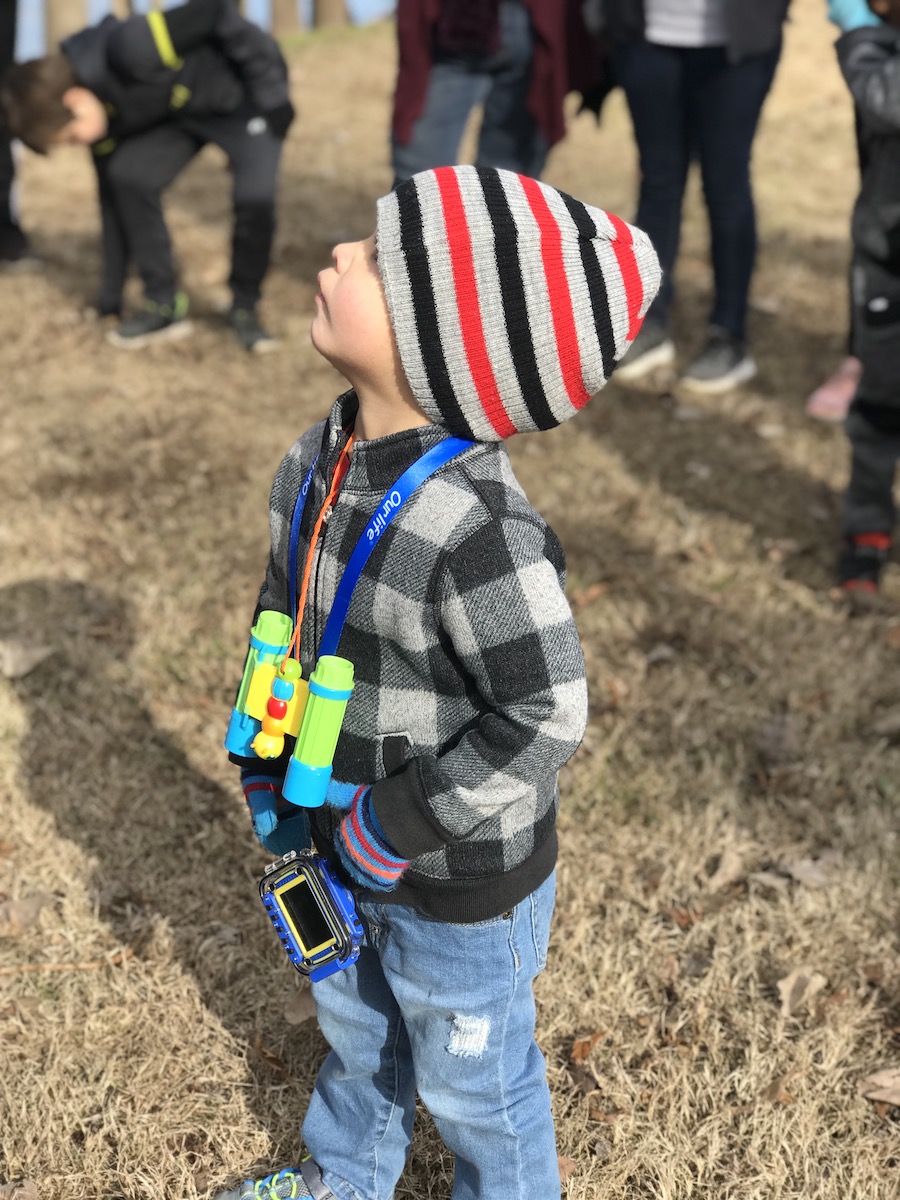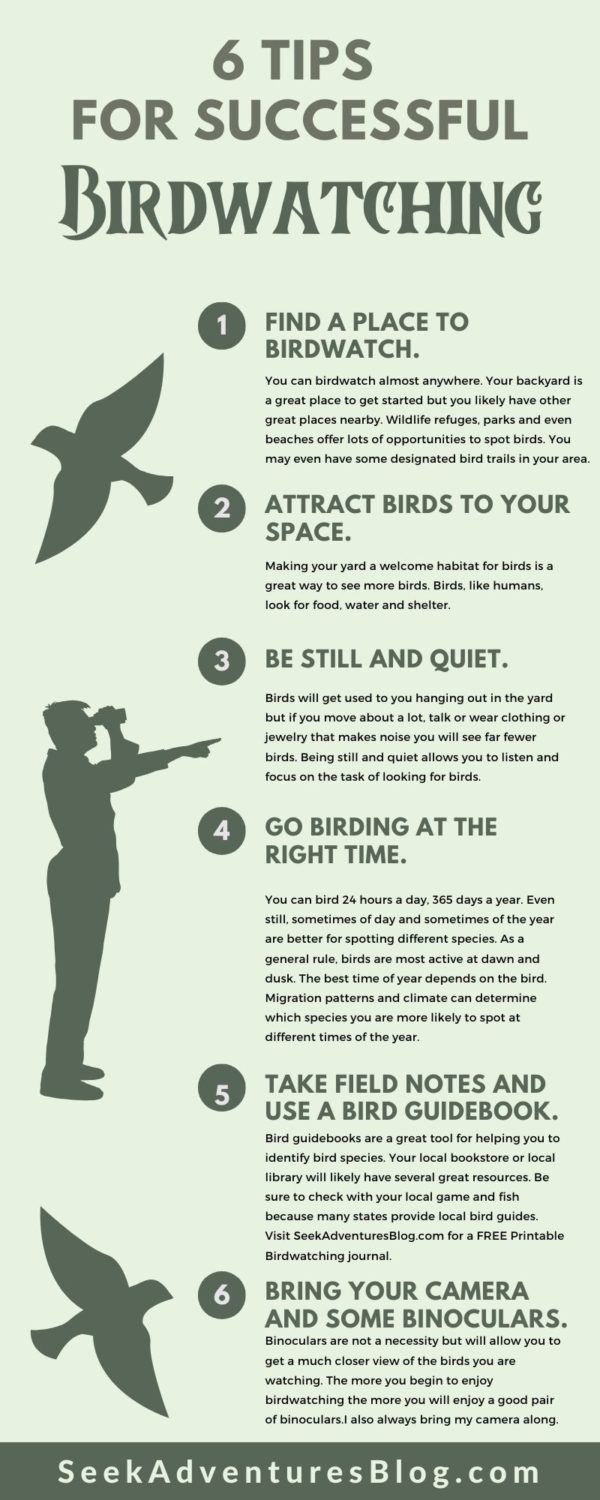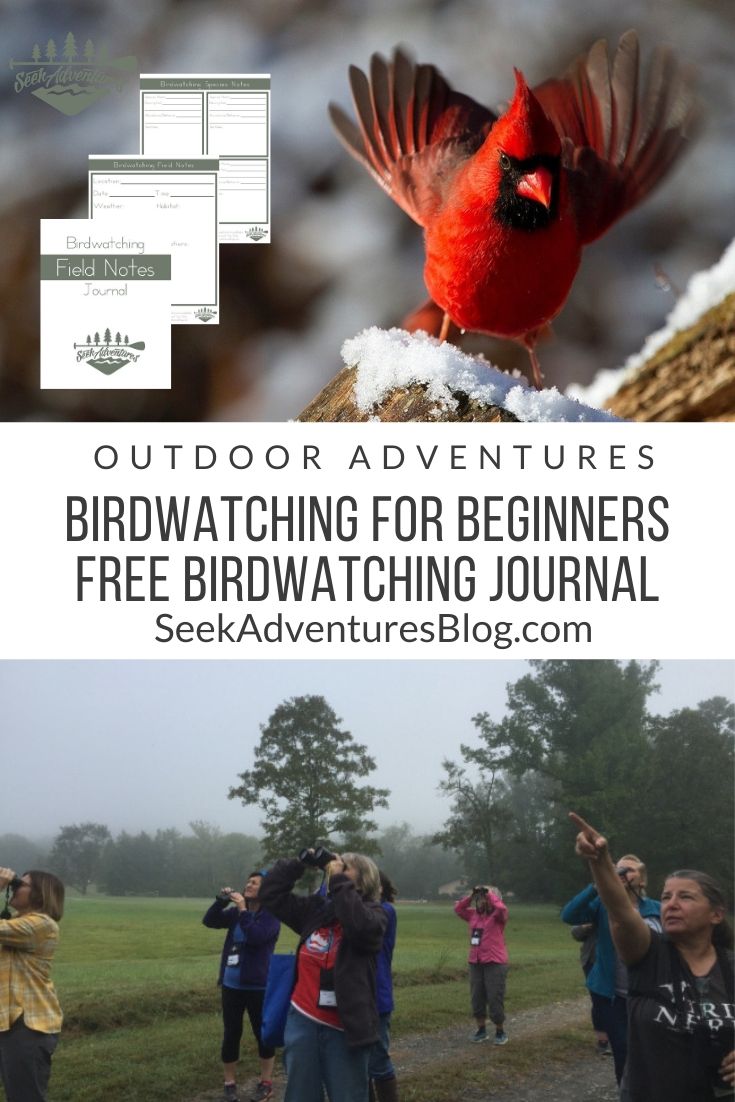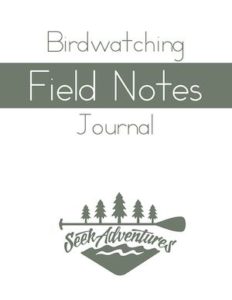I have been a lover of birds for as long as I can remember and birdwatching is a great way to connect with nature. Wild birds can be funny and curious and are a joy to watch.
This post contains affiliate links. I am an Amazon Affiliate and I earn fees for qualifying purchases.
Birdwatching gained some popularity in 2011 following the release of the film The Big Year, based on a true story, starring Steve Martin, Owen Wilson and Jack Black. In the birding world a “big year” involves observing and documenting the most species of birds in a specified area. While it can involve areas as small as a single state, most competitions involve whole countries, continents or even the world. A big year involves world travel, a lot of money and a nearly year-long commitment. According to Wikipedia, the American Birding Association’s big year record of 835 species was set by John Weigel of Australia in 2016. The world big year record of 6,833 species was set in 2016 by Arjan Dwarshuis of the Netherlands.[1] Most of us, myself included, don’t have that level of commitment to birdwatching.

The good news is you can begin birdwatching right in your own backyard or outdoor space, even if you live in the city. Birdwatching is relatively inexpensive and can be very rewarding. Chances are you will soon find yourself always looking towards the sky or venturing out to areas where birdwatching is prime.
6 Tips for a Successful Birdwatching Experience
- Find a place to birdwatch. You can birdwatch almost anywhere. Your backyard is a great place to get started but you likely have other great places nearby. Wildlife refuges, parks and even beaches offer lots of opportunities to spot birds. You may even have some designated bird trails in your area. If you are really looking to take your hobby beyond your backyard you may want to use this handy tracker to find the Audubon chapter nearest to you.
- Attract birds to your space. Making your yard a welcome habitat for birds is a great way to see more birds. Birds, like humans, look for food, water and shelter. If you can provide these three things you can attract myriad bird species. One of our favorite ways to do this is by creating a bird tree.
Food
Not all birds eat the same things. A wide variety of seeds, nuts, suet and even fruit will attract different species. Hummingbirds like nectar and many birds are attracted to natural foods such as berry bushes, seed-bearing flowers (like sunflowers) and nectar-rich flowers.
Water
Birdbaths, fountains and even garden ponds are desirable to birds. If possible offer several locations in order to keep them from becoming crowded. Birds will use the water features for both drinking and cleaning. Bathing actually helps birds to keep certain parasites at bay.
Shelter and Nesting
Shelter can be found in natural sources of ground cover such as shrubs, bushes and trees. Birds also like brush piles or even your old Christmas tree. Roosting boxes provide a safe place to land and birdhouses provide a perfect location for hatching those tiny eggs. Many birdhouses are species-specific so be sure you buy one that fits the type of birds you are attracting to your yard. - Be still and quiet. Birds will get used to you hanging out in the yard but if you move about a lot, talk or wear clothing or jewelry that makes noise you will see far fewer birds. Being still and quiet allows you to listen and focus on the task of looking for birds.
- Go birding at the right time. You can bird 24 hours a day, 365 days a year. Even still, sometimes of day and sometimes of the year are better for spotting different species. As a general rule, birds are most active at dawn and dusk. The best time of year depends on the bird. Migration patterns and climate can determine which species you are more likely to spot at different times of the year.
- Take field notes and use a bird guidebook. Bird guidebooks are a great tool for helping you to identify bird species. Your local bookstore or local library will likely have several great resources. Be sure to check with your local game and fish because many states provide local bird guides. Here in Arkansas, the Game and Fish Commission provides five bird and waterfall booklets which are downloadable here. They are also willing to send you a paper copy if you prefer. There are also several apps and online resources available.A small notebook is perfect for recording your findings. I like to begin by recording the date, weather and a description of the area in which I am birding. When I spot a bird I try to jot down notes about its appearance. If I am certain of the species I can add it then or refer to my guidebook later on. I also try to take note of the behavior of the bird, if it sang and if other birds were around, what kind and how many.You can also download our free birdwatching journal below.Our favorite bird guides include:
National Geographic Kids Bird Guide of North America, Second Edition – Jonathan Alderfer
Backyard Birds (Field Guides for Young Naturalists) –
The Young Birder’s Guide to Birds of North America (Peterson Field Guides) – - Bring your camera and some binoculars. Binoculars are not a necessity but will allow you to get a much closer view of the birds you are watching. The more you begin to enjoy birdwatching the more you will enjoy a good pair of binoculars.I also always bring my camera along. I don’t usually expect to see rare species but even the common ones make for some beautiful pictures. Plus, I’m still holding out hope that one day I will capture definitive evidence of the Ivory-Billed Woodpecker.

Download Our Free Birdwatching Journal
You can purchase some great birdwatching journals online but I have created this free printable birdwatching journal that you can quickly download to get started today. Print it out and stick it on a clipboard for easy use while you are out in nature.
Click to download the free Birdwatching Field Notes Journal.
Birdwatching is a great hobby because it can be enjoyed by young and old alike. You don’t need a lot of money to do it and spending time in nature is always good for the mind, body and soul.
If you are here in Arkansas, you can go here to learn more information on the Audubon Society of Central Arkansas.
Read Next
- How to Attract Birds in the Winter
- How to Create a Winter Bird Tree
- 15 Fascinating Children’s Books About Birds
- The Trumpet of the Swan
- How to Recycle Your Christmas Tree into a Fish Habitat
Pin these birdwatching tips to Pinterest to save them for later.


